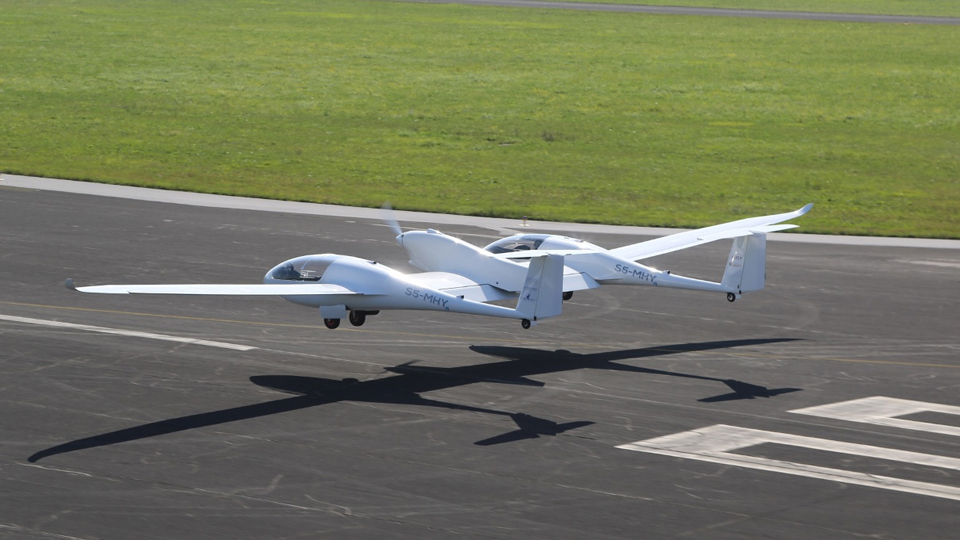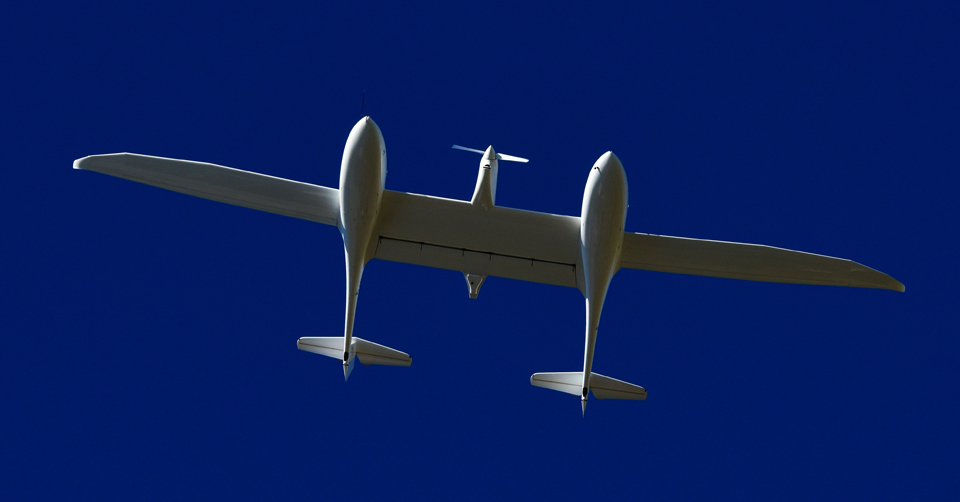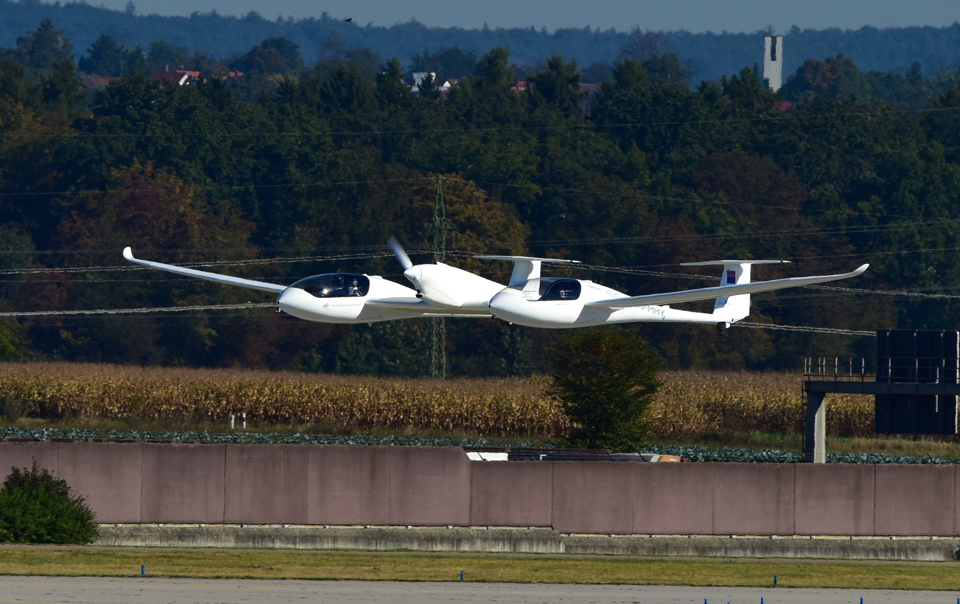Maiden Flight of HY4 Hydrogen-Powered Airplane
By Marino Boric
October 6, 2016 - A new milestone in emission-free powered flight was achieved in Germany on September 29 with the maiden flight of the HY4, a four-seat airplane powered by hydrogen fuel cells. The HY4 aircraft took off from Stuttgart Airport (STR) for its first official flight and stayed airborne for 10 minutes.
The HY4 is the world’s first passenger aircraft whose electric motor was powered by electric energy generated solely by a hydrogen fuel cell system. Researchers from the DLR Institute of Engineering Thermodynamics at the German Aerospace Center developed the aircraft’s powertrain and worked on the project with industry and research partners Pipistrel, H2FLY, The University of Ulm, and Stuttgart Airport.
The DLR researchers developed the Hydrogenics hydrogen fuel cell powertrain and installed it in the aircraft. The aircraft was built by the Slovenian airplane manufacturer Pipistrel, and consists of two Pipistrel Taurus G4 motorglider fuselages connected by a common central-wing section on top of which the propulsion unit is located. This consists of an approximately 104-hp electric motor with the propeller in front and three low-temperature hydrogen fuel cells behind. The hydrogen is carried in two high-pressure tanks made of carbon fiber, located in each of the two fuselages just aft of the passenger cabin. The auxiliary battery pack is located aft of those hydrogen tanks just behind the occupants.
The hydrogen is stored at a pressure of 4,300-5,800 pounds per square inch (psi) before being reduced to 100 psi to be fed to the fuel cells in the engine pod. The only waste product from this process is water. The high-performance lithium battery pack covers peak power loads during takeoff and climb. It can also be used as a backup energy system in case of the failure of the hydrogen system, giving the airplane 15 minutes of endurance.
Josef Kallo, responsible for the HY4 project at DLR and professor at the University of Ulm said, “With the HY4 we now have an optimal platform to continue developing the use of fuel cells on aircraft. … Small passenger aircraft such as the HY4 could soon be used in regional transport as electric air taxis and offer a flexible and rapid alternative to existing means of transport.”
According to Kallo it is only a matter of time before aircraft with a capacity of six to 10 passengers will transport people over distances of 600 miles at 190 mph. Kallo said calculations have shown that a 40-seater aircraft powered by hydrogen is technically feasible and could carry passengers over 600 miles at speeds of more than 250 mph.



